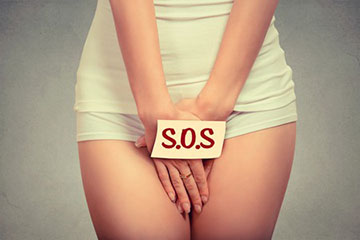Asthma. How to use a nebulizer
A nebulizer is a machine that delivers medicine in a fine, steady mist.
To keep your asthma under control, it is important to take your medicine as prescribed by your doctor or other health care professional and to use the proper technique to deliver the medicine to your lungs. If you don't use your nebulizer correctly, you won't get the medicine you need.
Here are general steps for how to use and clean a nebulizer. Be sure to read the instructions that come with your nebulizer. Ask your doctor, pharmacist, or other health care professional (such as nurse practitioner, physician assistant, nurse, respiratory therapist, or asthma educator) to show you how to use uour nebulizer. Review your technique at each follow-up visit.
- Wash hands well.
- Put together the nebulizer machine, tubing, medicine cup, and mouthpiece or mask according to manufacturer's instructions.
- Put the prescribed amount of medicine into the medicine cup. If your medicine comes in a pre-measured capsule or vial, empty it into the cup.
- Place the mouthpiece in your mouth and close your lips around it to form a tight seal. If your child uses a mask, make sure it fits snugly over your child's nose and mouth. Never hold the mouthpiece or mask away from the face.
- Turn on the nebulizer machine. You should see a light mist coming from the back of the tube opposite the mouthpiece or from the mask.
- Take normal breaths through the mouth while the machine is on. Continue the treatment until the medicine cup is empty or the mist stops, about 10 minutes.
- Take the mouthpiece out of your mouth (or remove mask) and turn off the machine.
- If using an inhaled corticosteroid, rinse mouth with water and spit it out. If using a mask, also wash the face.
How To Clean a Nebulizer
After each treatment:
- Wash hands well.
- Wash the medicine cup and mouthpiece or mask with a mixture of warm water and mild soap. Do not wash the tubing.
- Rinse well and shake off excess water.
- Air dry on a paper towel.
Once a week:
Disinfect nebulizer parts to help kill any germs. Follow instructions for each nebulizer part listed in the package insert.
Always remember:
- Do not wash or boil the tubing.
- Air dry parts on a paper towel.
Between uses:
- Store nebulizer parts in a dry, clean plastic storage bag. If the nebulizer is used by more than one person, keep each person's medicine cup, mouthpiece or mask, and tubing in a separate, labeled bag to prevent the spread of germs.
- Wipe surface with a clean, damp cloth as needed. Cover nebulizer machine with a clean, dry cloth and store as manufacturer instructs.
- Replace medicine cup, mouthpiece, mask, tubing, filter, and other parts according to manufacturer's instructions or when they appear worn or damaged.






